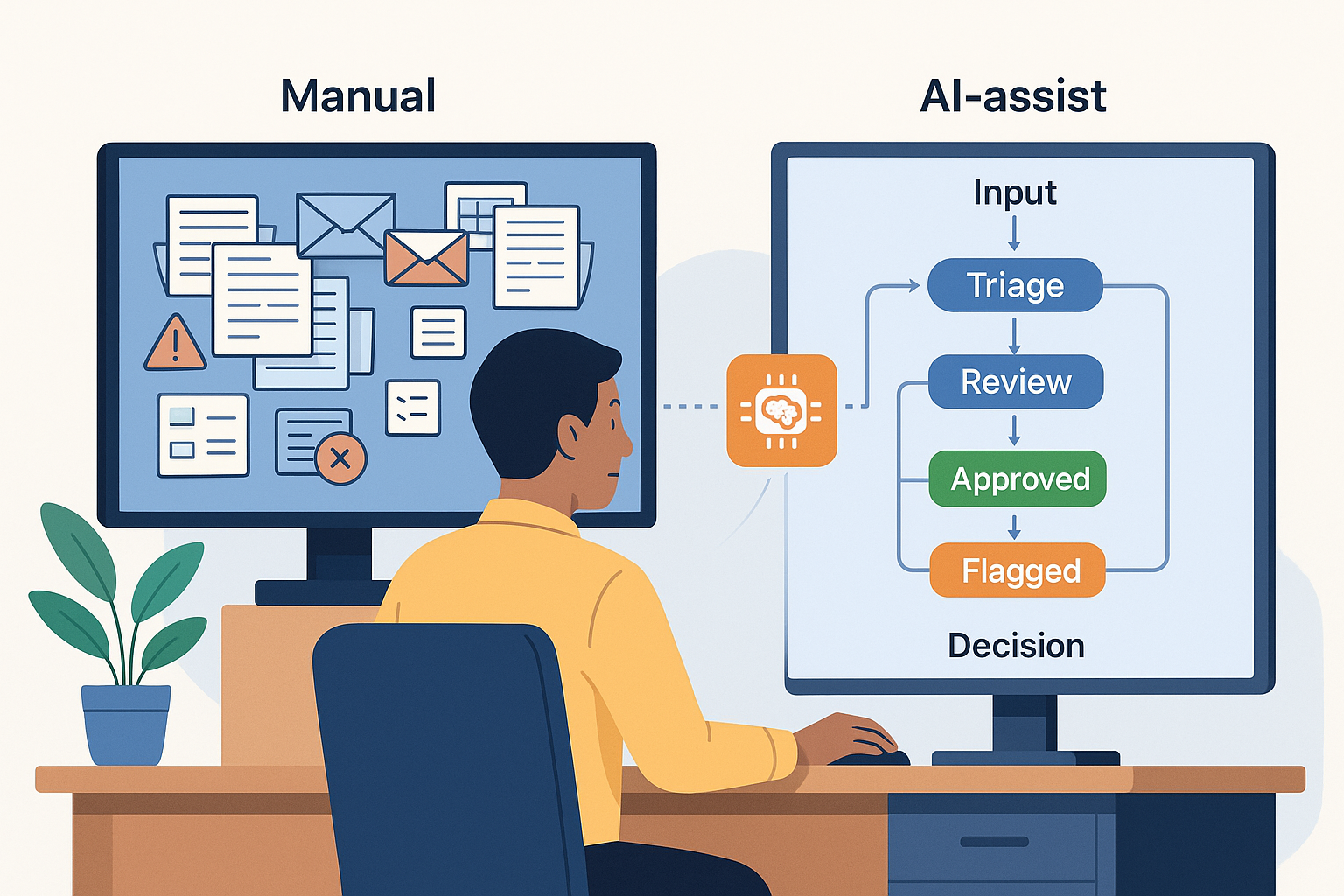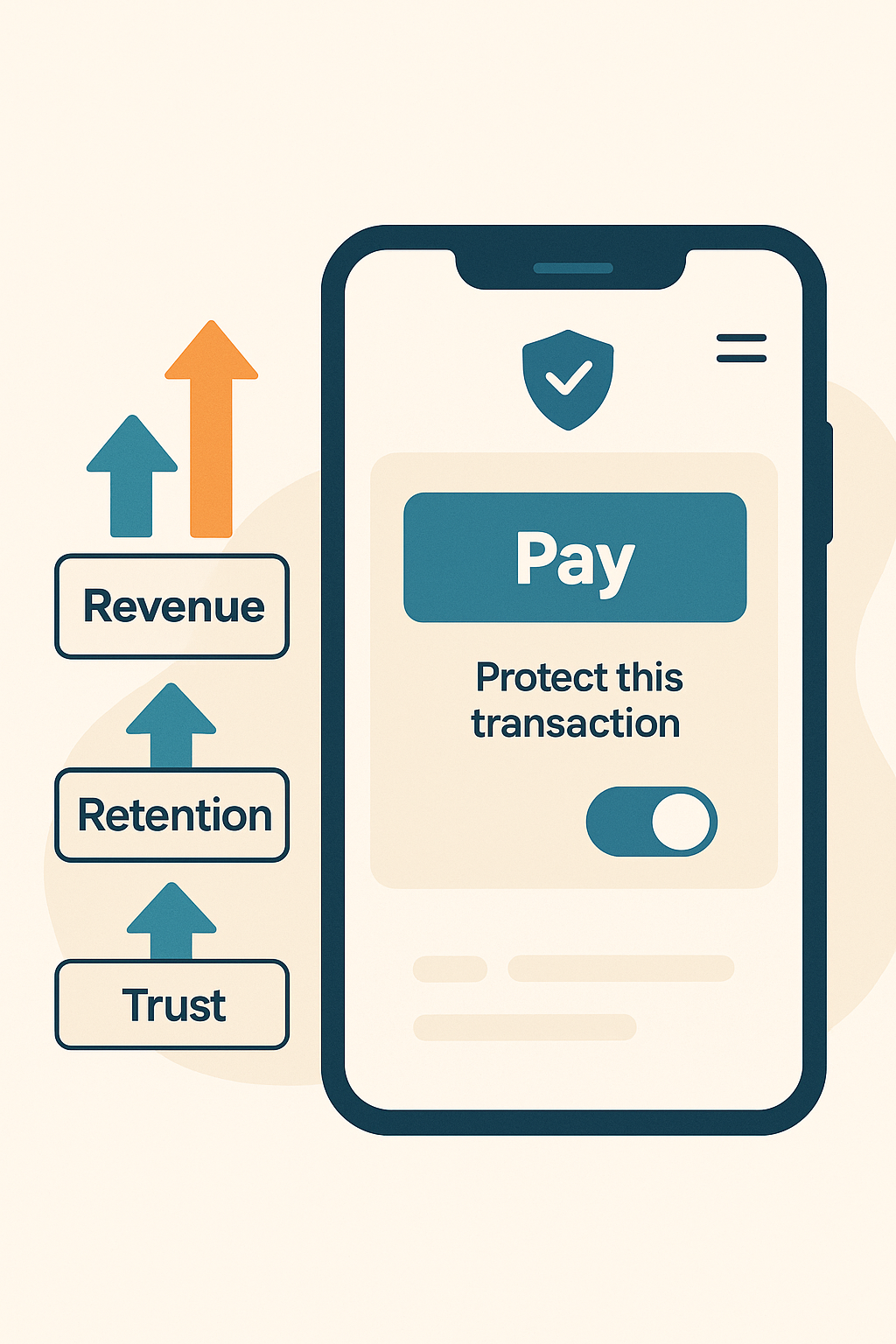Top 10 Insurance Claims Software Solutions in Egypt (2025 Edition)
Egypt’s insurance industry is growing at a pace that was almost unthinkable just a few years ago. In the first two months of 2025, gross written premiums reached EGP 18 billion, nearly a 40% increase compared to the same period in 2024. Paid claims also grew at a similar pace, which means insurers are not only writing more business but also handling a far heavier load of payouts.
Much of this momentum is coming from the rollout of the Universal Health Insurance (UHI) program, one of Egypt’s flagship national projects that is transforming access to healthcare and reshaping how insurers operate. The Prime Minister recently announced that Phase II alone will cost EGP 115 billion, with 78% of the population already covered.
While the market is booming, manual processes, handwritten forms, and outdated systems are creating costly backlogs. That’s why insurance claims management software is essential. Modern insurance claims software with AI can automate adjudication, detect fraud in real time, and accelerate payouts, transforming both insurer efficiency and customer experience.
In this article, we’ll explore the top 10 insurance claims software vendors serving the Egyptian market in 2025. Some are local solutions, while others are global platforms; however, only a few are truly designed for Egypt’s unique blend of rapid growth, Arabic documentation, and regulatory requirements.
List of Top 10 Insurance Claims Software Solutions in Egypt
Several providers are helping modernize Egypt’s insurance sector. Here are ten solutions shaping the market in 2025:
1. Curacel: AI-Powered Claims for a Growing Market
Curacel is a homegrown African InsurTech making waves across 15 countries, and its relevance to Egypt is clear. Designed with AI at its core, Curacel goes beyond digitization; it automates. Egypt’s insurers are facing rising claim volumes under the Universal Health Insurance program, but manual processes, handwritten forms, slow prior authorizations, and fraud create costly backlogs. Curacel solves this with AI-powered insurance claims management software designed for African and MENA (Middle East and North Africa) markets.
How Curacel works:
- AI OCR in Arabic & English: Scans both printed and handwritten documents, structuring the data in seconds. This means insurers can process the kinds of paper-based claims that still dominate in Egypt without costly manual entry. This also makes it one of the only platforms that can natively handle Egypt’s dual-language environment.
- Smart Claims Adjudication: Uses AI to check benefits, tariffs, and medical coding against rules, cutting approval time by over 70%. The result is faster, more consistent decisions that reduce disputes between insurers, providers, and policyholders.
- Fraud, Waste, and Abuse Detection: Advanced anomaly detection flags suspicious claims, helping insurers save up to 20% in lost revenue. By spotting unusual patterns early, Curacel protects margins while keeping legitimate claims moving smoothly.
- Seamless Payouts: With Curacel Pay, claims don’t just get approved, they get reconciled and disbursed quickly, reducing customer wait times. This shortens the time policyholders and providers wait for funds, improving trust and customer satisfaction.
See how medical claim calculators help insurers stop fraud and save millions.
Curacel understands that Egyptian insurers and healthcare providers still rely heavily on handwritten claims and manual processes. Its AI is trained to work with this context, rather than forcing insurers to overhaul everything at once. This makes it practical for Egypt’s mixed healthcare and insurance ecosystem.
Instead of 6–12 months of customization (as with some global systems), Curacel can go live in just a few weeks. That speed matters when insurers are scaling rapidly under UHI. And because it deploys in weeks, insurers can see ROI quickly. It’s not just a vendor, it’s a long-term partner for Egypt’s insurers.
Curacel already operates across 15+ countries, including Egypt, Kenya, Nigeria, and South Africa, processing over 300 million transactions worth more than $4 billion.
2. M3 (Egypt HealthBook / Insurance-HMO)
M3 is widely used by HMOs in Egypt. It focuses on digital health insurance processes, provider networks, and claims intake. While it offers localized workflows, its fraud prevention features are limited compared to AI-driven solutions. It digitizes health claims but remains heavily manual in adjudication, so fraud detection is weak.
3. Zaax Consulting Insurance Suite
Zaax provides a broader enterprise IT stack that includes insurance modules. Its claims software integrates with ERP systems and supports multi-line insurance, though adoption is typically project-based and slower to implement. It works best for large enterprises but tends to delay ROI because of long integration timelines.
4. Medinext
Medinext delivers health insurance claims processing and provider management in Egypt. It helps digitize hospital workflows but lacks the advanced AI automation now driving the market. It remains a digitization tool rather than a true automation platform, limiting its impact on efficiency.
5. EG-InsurTech Platform
This domestic platform offers localized claims and policy management with regulatory alignment. It’s attractive to smaller insurers that need affordable, compliance-friendly solutions. However, it focuses more on compliance than automation, leaving gaps in fraud detection and speed.
6. Insur-Link
Focused on health and motor insurance, Insur-Link emphasizes claims tracking and provider connectivity. It supports basic digital payments, making it a fit for insurers looking for incremental digitization. Its automation is minimal, so insurers still face manual workloads.
For a closer look at how AI is already transforming motor insurance, read 5 Ways AI-powered underwriting is transforming motor insurance
7. Guidewire
Globally known, Guidewire is one of the largest insurance claims management software providers. Its platform includes AI analytics and full-cycle policy modules, but it typically requires long, expensive implementations, better suited for Egypt’s biggest carriers. The scale is impressive, but implementation timelines stretch well beyond a year.
8. Sapiens
Sapiens is another global player with strong claims and policy tools. It offers AI-driven analytics and customization, but is resource-intensive, often making it less accessible for mid-sized insurers. It delivers powerful analytics but demands high budgets and long rollouts.
9. Duck Creek
Duck Creek delivers cloud-based claims platforms with flexibility and scalability. It provides strong automation but requires customization to match Egypt’s regulatory requirements. Its adaptability is strong, but the need for heavy customization slows time-to-value.
10. Creek (International Vendor)
Creek offers configurable claims tools with some AI features. Adoption in Egypt is limited, but it’s emerging as a niche option for insurers seeking international vendors. It remains niche, with limited local presence and longer deployment cycles.
These 10 platforms highlight the different paths insurers in Egypt are taking to modernize claims. While each platform plays a role, their strengths vary; the table below makes the differences clearer.
Comparison Table of Features and Benefits
Here’s how the top providers stack up against each other on the features insurers value most:

The gaps across other vendors underline how difficult it is to balance local needs, speed, and AI, areas where Curacel already delivers. This illustrates why technology designed for Egypt’s realities has an advantage over one-size-fits-all systems.
Conclusion
Egypt’s insurers are under pressure to process more claims, meet higher customer expectations, and comply with tighter oversight, all at once. Many solutions address parts of this challenge, but very few bring together the capabilities that matter most: advanced AI, faster turnaround, fraud control, Arabic-ready processing, and seamless payment integration.
Curacel stands out because it combines all of these strengths in a platform already proven across Africa and MENA. By aligning automation with Egypt’s local requirements, it enables insurers to reduce losses, accelerate operations, and deliver more reliable service.
As the Universal Health Insurance program expands, the ability to handle scale efficiently will define market leaders. Curacel is built for this moment, bringing the balance of speed, local fit, and measurable results that Egypt’s insurers need to thrive.
Explore Curacel’s insurance claims management software for Egypt to see how you can streamline operations, cut costs, and deliver better customer experiences.
Abonnez-vous à notre newsletter pour recevoir du contenu hebdomadaire


























.svg)







